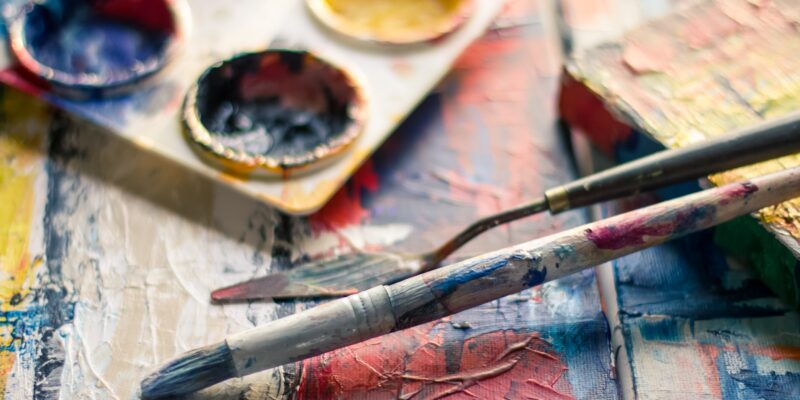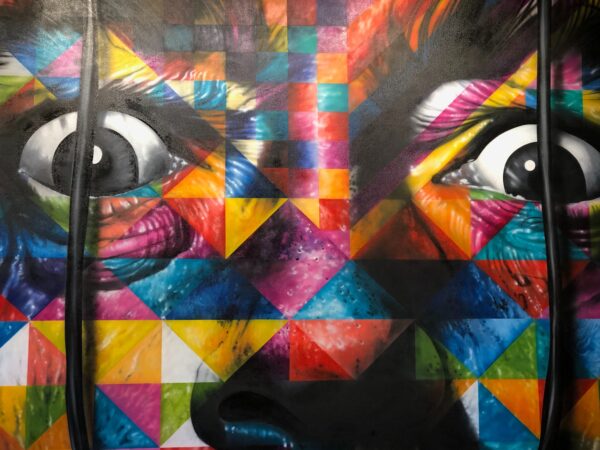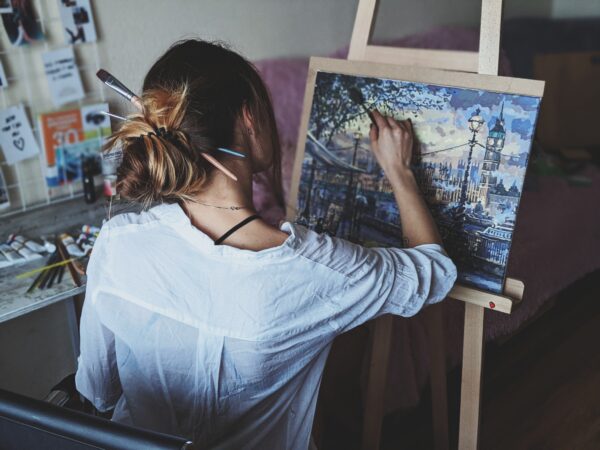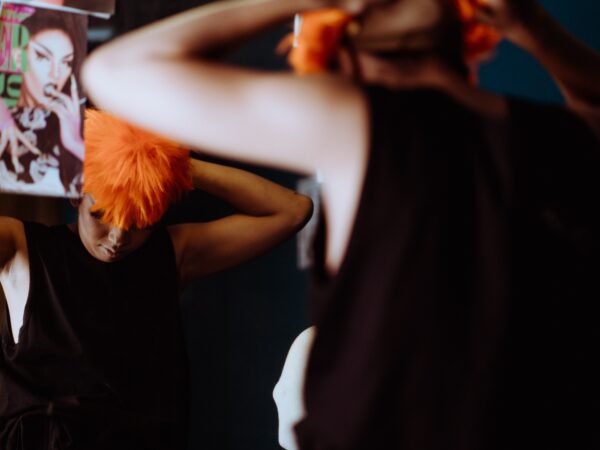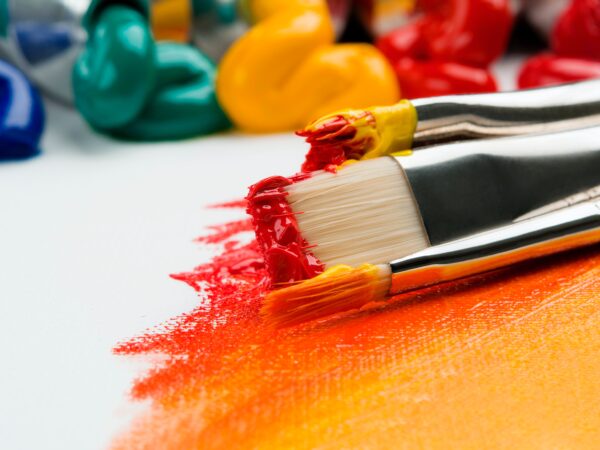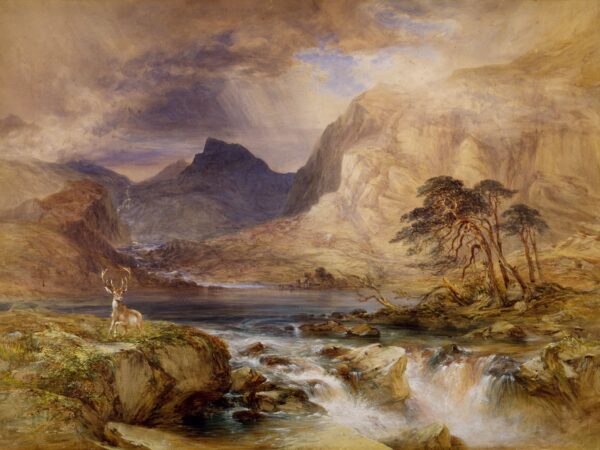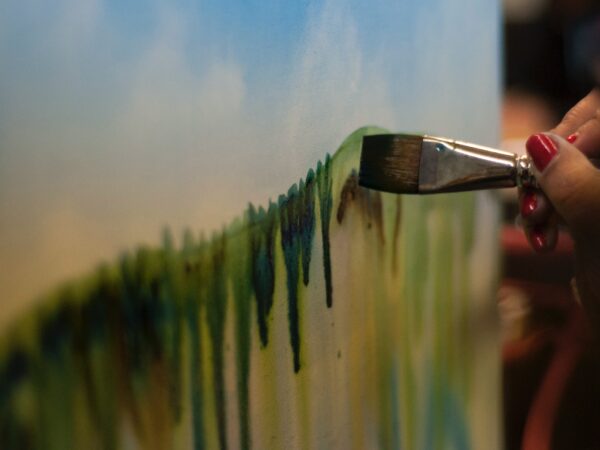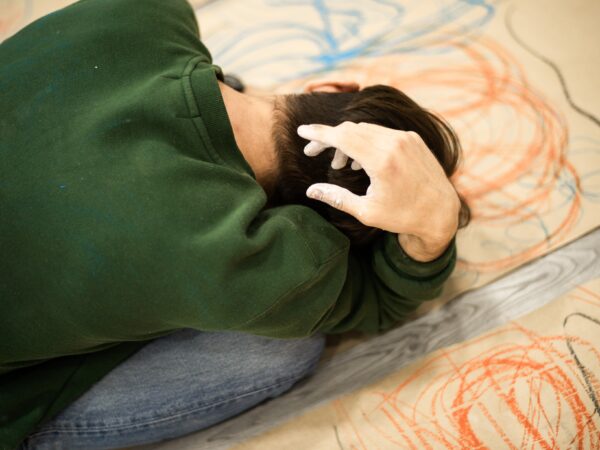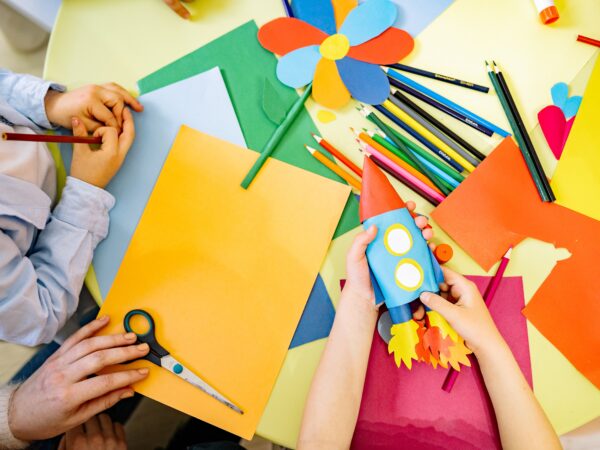For thousands of years, art has been a part of human culture. For just as long, people have been curious about how art affects our emotional and mental health. Art has the power to arouse a variety of emotions, from joy and wonder to sadness and despair, in everything from prehistoric cave paintings to modern installations. This article will examine the psychology of art and how it influences our mental and emotional states.
The Emotional Impact of Art
Our emotions are one of the most direct ways that art influences us. From happiness and delight to sorrow and grief, art has the power to evoke a wide range of emotions. The same parts of the brain that are active in processing emotions can be stimulated by art, according to research.
This implies that our emotional reactions to art are rooted in our neural reactions to visual stimuli rather than being merely a matter of subjective interpretation. It is known that art therapy can help people to deal with a variety of emotional and mental problems. According to studies, making art can uplift one’s mood, ease anxiety, and foster a sense of well-being.
The Cognitive Impact of Art
Art has a cognitive impact as well as an emotional impact, which affects how we think and perceive the world. One way that art accomplishes this is by challenging our preconceptions and expectations and compelling us to think about alternative viewpoints and modes of perception.
For instance, the early 20th-century Surrealist movement sought to question accepted notions of what reality and art should be. The works of surrealist artists frequently featured dreamlike scenes and imagery and defied logic and reason.
They aimed to challenge our ingrained ways of thinking and perceiving the world through their art, inspiring us to see things differently.
Additionally, art has the power to spark our imagination and creativity, inspiring us to think creatively and develop original concepts and solutions. According to studies, exposure to art can boost our creativity and problem-solving skills, indicating that it has the power to stimulate the cognitive processes required for human innovation and progress.
The Effects of Art on Society
Last but not least, art also affects how we interact with others and the world around us on a social level. Art has the ability to bring people together and foster a sense of belonging. It can also be used to promote social change and increase awareness of social issues.
For instance, Banksy, a street artist, frequently criticizes social and political issues like poverty, inequality, and war. His work is credited with bringing these issues to light and motivating people to take action.
Art and Memory
Memory is an important part of being human because it shapes how we see the world and ourselves. Art can make us remember things and make us feel strong emotions and feelings that are tied to those memories. For example, the Impressionist paintings of landscapes and nature by the artist Claude Monet often make people feel nostalgic.
This use of light and color gives his work a dreamlike quality that takes viewers to a different time. It really makes them think of things they have done in the past.
Art can also be used to remember and honor important moments in history and cultural practices. Public art installations, monuments, and memorials are often made to honor and remember important events and people from history. This helps to keep their memories alive and promotes a shared sense of cultural heritage.
Conclusion
Finally, As a whole, it can change how we feel, think, and interact with others. Art psychology is complicated and has many different parts. Art can change how we think and see the world around us, from its ability to make us feel things to how it affects our creativity and ability to solve problems.
However, As we continue to study the psychology of art, we will learn more about how art affects our mental and emotional health and how it can lead to social change and new ideas in people.


